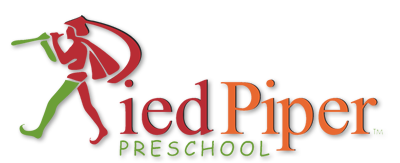Programming and Planning
Our educational program is the set of documents we use at Pied Piper to record and reflect on what is happening every day, along with any changes we may be making to the learning environment for that day in response to the observations/learning stories we have made on individuals and small groups of children. In other words, we watch, interact with and listen to the children, photograph, write and think about what we saw and then plan what we will do as a response.
The changes refer to the activities/experiences that are being provided, changes to existing play areas to extend on children’s interests, or “provocations”. Provocations refer to items, experiences or questions the educators have put in the play environment to stimulate the children’s thinking, creativity or play.
A final component is “intentional teaching”. This includes the planned small groups that the children join in each day, or any occasion where an educator purposefully guides or supports a child in learning or solving a problem.
All of these aspects are based on individual children and small groups.
This year, you will be able to see our educational program in practice every day through the following ways:
- Reading the Program in each playroom. Educators will show you where this is kept in each room. We’d love you to look at and comment on this document.
- Reading the whiteboard outside each playroom which gives a brief overview of the things that are happening within the playroom that fortnight.
- Reading the Outdoor/Verandah planning sheet (kept on the shelf on he verandah).
- Reading your child’s Portfolio.
- Talking to the educators about what has been happening for your child and the group.
Talking with your child. - Looking out for program updates via Hub Hello.
